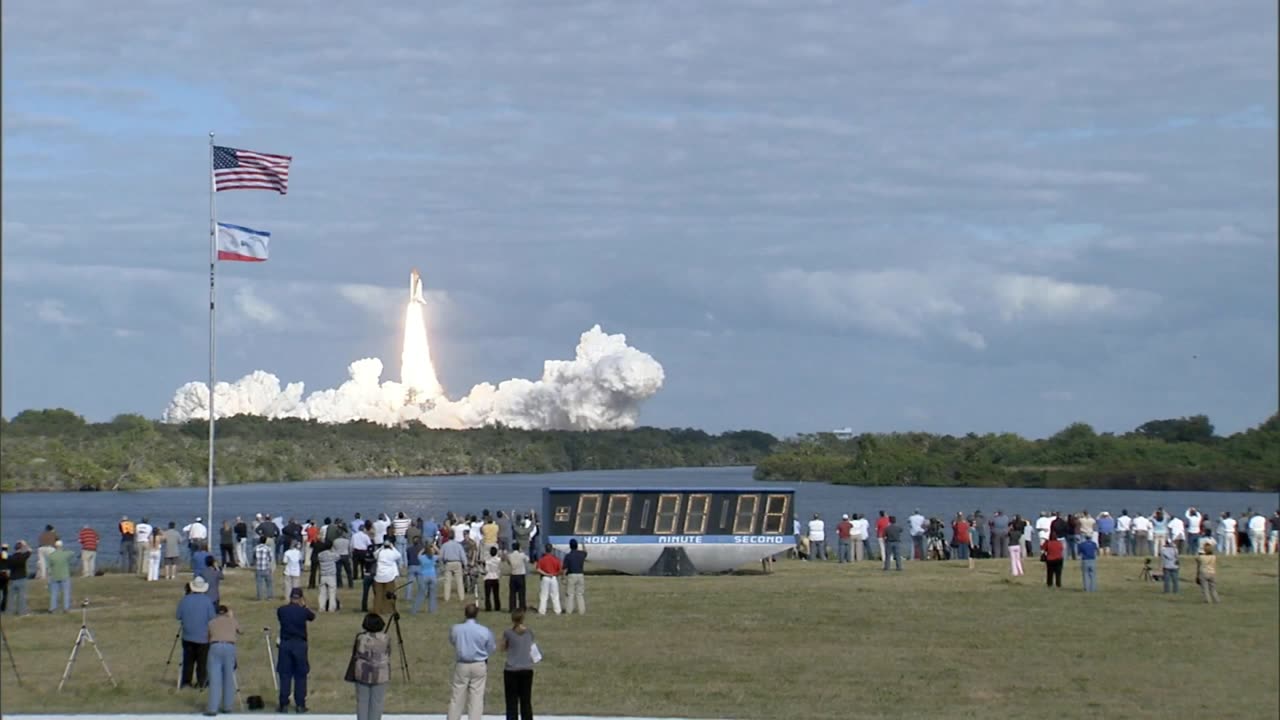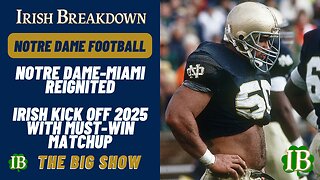Premium Only Content

countdown-to-rocket-launching
Certainly! Launching a space shuttle was a complex and meticulously planned process. Here's a brief description of a space shuttle launch:
1. **Pre-launch Preparations**: Before the launch, the shuttle, its solid rocket boosters, and the external fuel tank are assembled on the Mobile Launch Platform. The platform then moves to the launch pad on a massive crawler-transporter.
2. **Final Countdown**: Hours before the launch, the astronauts board the shuttle. The launch control team at the Kennedy Space Center checks and rechecks all systems. This is a methodical process with scheduled holds for assessments.
3. **Ignition**: The Shuttle Main Engines (three of them located at the rear of the shuttle) ignite first, followed milliseconds later by the ignition of the two Solid Rocket Boosters (SRBs) on either side of the external fuel tank. Once the SRBs ignite, the shuttle is committed to launch because they cannot be turned off once ignited.
4. **Liftoff**: With a combination of thrust from its main engines and the SRBs, the shuttle lifts off from the launch pad.
5. **SRB Separation**: About two minutes into the flight, after the SRBs have expended their fuel, they are jettisoned and fall back to Earth, where they are recovered and refurbished for reuse in future launches.
6. **External Tank Separation**: About eight minutes into the flight, once the shuttle reaches the edge of space, the main engines are shut down, and the large external fuel tank (which by now is empty) is jettisoned. It burns up upon reentry into the Earth's atmosphere.
7. **Orbit Insertion**: With assistance from its Orbital Maneuvering System (OMS) engines, the shuttle adjusts its trajectory and speed to achieve its desired orbit.
8. **In Orbit**: Once in its designated orbit, the shuttle can deploy satellites, repair them, or dock with the International Space Station (ISS). The shuttle was unique in its ability to carry large payloads both to and from space.
9. **Return & Landing**: After its mission is complete, the shuttle reenters the Earth's atmosphere. Using its heat-resistant tiles to protect it from the intense heat of reentry, the shuttle glides (unpowered) to a landing at a runway, much like an airplane. This made the shuttle the first reusable spacecraft.
Throughout its history, the U.S. Space Shuttle program saw 135 missions flown by five operational shuttles: Columbia, Challenger, Discovery, Atlantis, and Endeavour. Sadly, two of these missions ended in tragedy: Challenger in 1986 and Columbia in 2003, leading to significant changes in the program's safety and design. The shuttle program officially ended in 2011 after 30 years of operation.
-
 2:30:04
2:30:04
Nerdrotic
4 hours ago $1.18 earnedNerdrotic Nooner 509
18.7K1 -
 1:48:16
1:48:16
Tucker Carlson
2 hours agoCliffe Knechtle Answers Tough Questions About the Bible, Demons, Israel, Judas, Free Will, and Death
64.4K114 -
 LIVE
LIVE
Viss
3 hours ago🔴LIVE - How To Winner Winner Chicken Dinner! - PUBG
133 watching -
 1:00:41
1:00:41
Timcast
4 hours agoTrump MOBILIZING National Guard In NATIONWIDE Crackdown
122K145 -
 1:06:02
1:06:02
Sean Unpaved
3 hours agoQuarterbacks, Coaches, & Contracts: Sanders' Draft Drama, Meyer vs. Harbaugh, & McLaurin's Big Deal
27.8K1 -
 2:11:45
2:11:45
Steven Crowder
6 hours agoDonald Trump Vs American Crime: Chicago is Next & Libs Are Freaking Out
343K313 -
 41:08
41:08
Grant Stinchfield
2 hours ago $1.49 earnedDemocrats Try to Turn California Into Predator Playground with Proposed "Child Predator Dream Bill"
16.7K2 -
 1:21:06
1:21:06
Rebel News
3 hours agoCdn troops in Ukraine? Poilievre backs self-defence, Hamas thugs cancel Ottawa Pride | Rebel Roundup
28.2K21 -
 24:58
24:58
Neil McCoy-Ward
3 hours ago⚠️ OUTRAGE! What They Just Announced For YOUR HOME!!! 🚨
26K15 -
 LIVE
LIVE
IrishBreakdown
4 hours agoNotre Dame and Miami Set To Reignite Intense Rivalry
204 watching